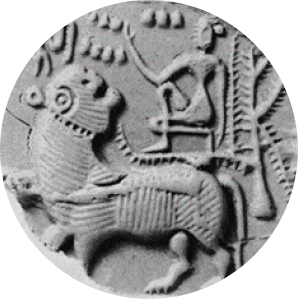Everyone was in Tel Aviv, so a quiet evening spent reading at the screen. At first I watched a video clip posted by Cory Doctorow on Boing Boing. It was about a group of people who decide they want to dance inside the Jefferson Memorial, Washingon, and how this “inappropriate” behaviour is violently and brutally put down by the Park Police (who knock them to the floor, grab them by the throat and handcuff them, etc.). It’s quite a thought-provoking little video that leaves you wishing that instead of four or five people there’d been a couple of hundred harmless spontaneously dancing insurgents.
Interesting though this may have been, its significance paled in comparison to the second video clip I saw later in the evening, which also featured police brutality but this time at a real demonstration, outside the houses of Jewish settlers in the Palestinian neighbourhood of Ras al-Amud, Jerusalem. I found the clip on Mondoweiss and together with it a story by David Shulman on the Sheikh Jarakh Solidarity site.
The demonstration sensitively described by Shulman took place at about 16:00 on Friday, at about the time that the wedding of our daughter Ella was concluding. The odd thing is that, towards the end of the piece Shulman similarly describes a wedding, or rather the sight of a Palestinian bride and groom somehow making their way by car through the madness and mayhem taking place at the demonstration, towards their wedding. And, in the final paragraph he describes his own preparations, that same morning, for the wedding of his son. And he quotes a W H Auden poem which speaks of the fact that suffering always taken place at the exact moment when others are calmly going about their ordinary lives. Should one feel guilt at celebrating while so much suffering is going on?
In the Middle East, the awareness of such contrasts – of the proximity of joy to sadness – is probably closer than in other places. There have been so many occasions in the life of our village where it simply wasn’t possible to celebrate at all. And obviously Jews don’t feel comfortable about celebrating their Independence Day here. If they do so at all, it is usually outside the village.
Anyway, I’m not very good at celebrations. Shulman in the mentioned story, spoke of his sense of deep inner calmness during the time when he and the other demonstrators were being manhandled, hauled and in one case stun-gunned, to break their seated ranks. My own, lesser heroism was that on the morning of the wedding I decided that the day was going to pass calmly and gently and would not (because I so much fear and dislike such occasions) let myself be overcome by it. This resolve came while I was sitting on Ronit’s pateo in Kibbutz Nachshon, while Dorit was having her hair done inside. Reading Swami Sivananda’s “Light, Power and Wisdom” and enjoying the morning sunshine before the anticipated heat of the day, I felt truly peaceful.
The day of the wedding was hot and dry – a hamsin. Coping with such weather depends a lot on one’s frame of mind, because it tends to make people jumpy and irritable. There was a real possibility that someone could suffer health problems, since the wedding was held outside. But the part of the village where it took place – the “corner of silence”, on the lawn and between olive trees, was quite breezy. At one point, the wind even threatened to collapse the marquee – two of the support poles came loose.
Jewish weddings, in fact, always take place under a kind of tent, no doubt with some philosophical significance that is unknown to me. If the wedding is outside, this hupah is made up of a piece of fabric stretched across four poles, which are held up by the wedding guests. Usually the fathers are among those sharing the hupah with the bride and groom, but I remained outside. Later someone asked me about this, thinking that I had been denied entry as a gentile. But this was my own decision. I have nothing against religious ceremonies but know that it is better that I observe than take part in them. So in fact I had a better vantage point this way.
From my vantage point, weddings and all such large, showy and expensive occasions go against my nature and inclination. It’s true that despite all the palaver of organizing it, the occasion itself was special, out of the ordinary, quite different from the large commercial occasions held in halls and wedding gardens. Much more intimate and friendly. I’m sure that everyone will remember it in that way. Perhaps, in my peaceful resistance to such occasions, I’m too caught up in myself. I now suddenly remember Naipaul’s description of Gandhi’s arrival as a young student in Britain. Gandhi was evidently so flustered that he was unable to see or experience anything outside of himself. At the wedding, I did not feel agitated but calm. People remarked upon it because calmness seems as inappropriate during a celebration as dancing in the Jefferson Memorial would to fascist cops. Sattva is a golden chain.
